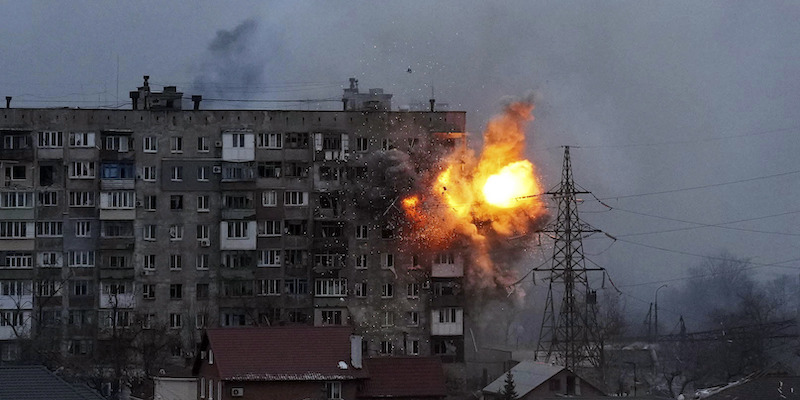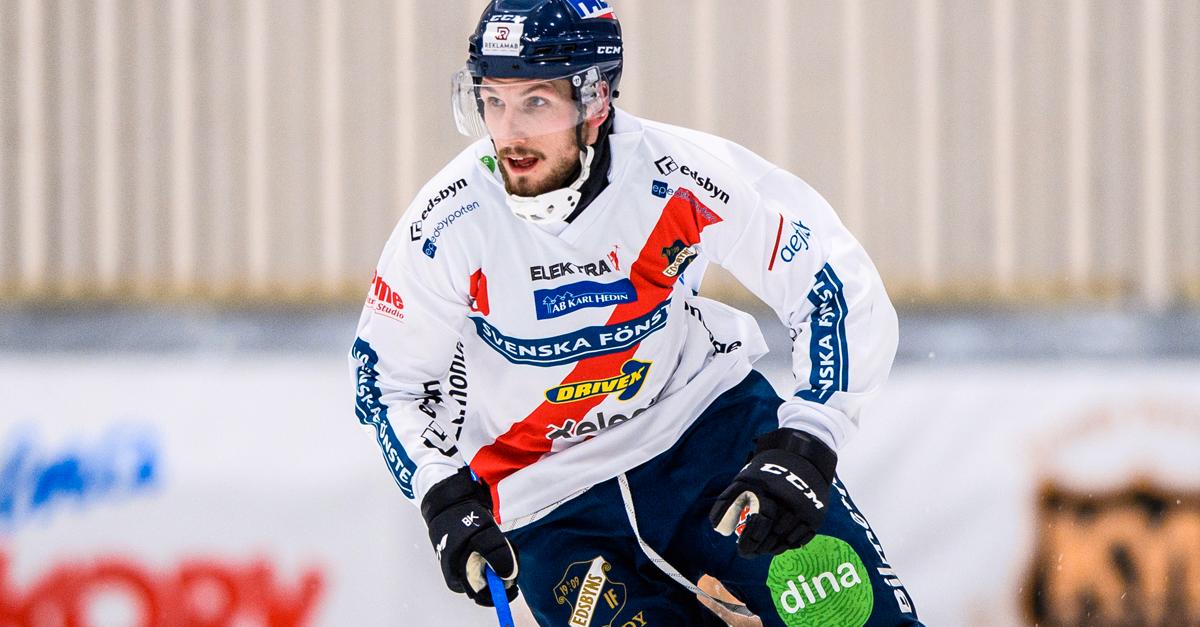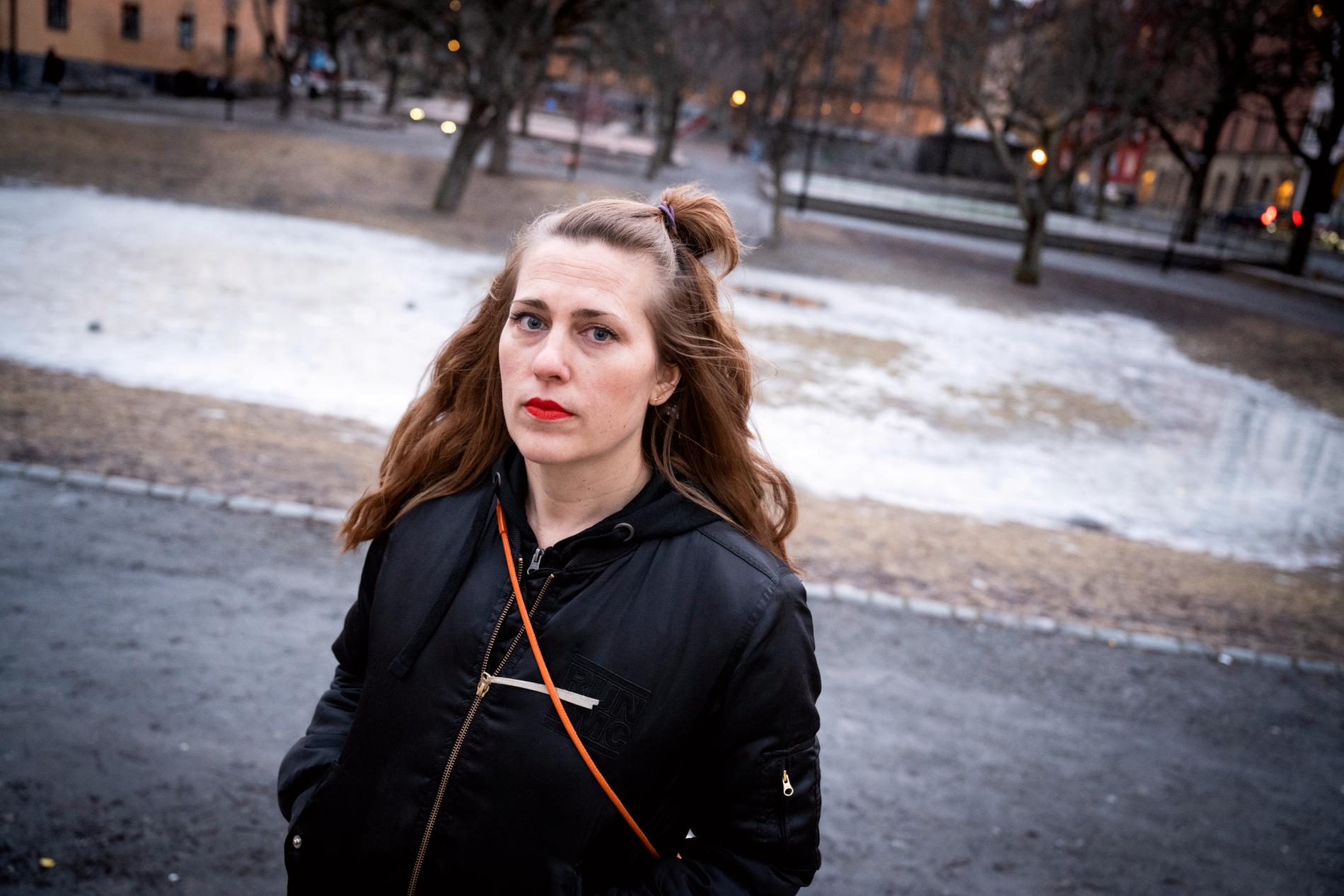Welcome to the RockedBuzz local newsroom! The subject of this news is The two Associated Press reporters who are reporting on the war in Mariupol
here are all the details. We offer you the most up-to-date developments about The two Associated Press reporters who are reporting on the war in Mariupol
. Everything you wonder about The two Associated Press reporters who are reporting on the war in Mariupol
, keep reading in this news and stay tuned! The two Associated Press reporters who are reporting on the war in Mariupol
Last Wednesday Associated Press published a long reportage from Mariupol, the city most battered by Russian bombing in Ukraine and under siege since early March. The authors of the report, the two Ukrainian journalists Mstyslav Chernov and Evgeniy Maloletka, are the only journalists working for a Western newspaper to have remained since the beginning of the invasion in the city, perhaps the most dangerous place of the entire war: they are living in among the besieged civilians, and together with them they are risking every day to be targets of Russian bombings and snipers.
Their articles and their photographs are considered precious testimonies to tell what is happening in Mariupol, and for this reason they are taken up by newspapers all over the world.
Their report published last Wednesday – much appreciated and written in collaboration with Lori Hinnant, who works for Associated Press from Paris – he told how civilians have been reduced to drinking the snow due to the lack of drinking water, to living in the cold, without electricity and heating, with corpses left on the street or thrown in mass graves: it is in fact too dangerous to organize funerals or spending too much time outdoors, due to the systematic and constant bombing of the Russians.
Among the most important stories made so far by Chernov and Maloletka are those relating to the bombing of the Mariupol hospital.
The very harsh photos of Maloletka show the moments immediately following the attack; that of the pregnant woman carried on a stretcher by the emergency services, who died shortly afterwards along with the child she was supposed to give birth, and that of the Ukrainian influencer Marianna Podgurskaya who runs down the hospital stairs in her pajamas.
Podgurskaya survived, gave birth the next day and was the subject of a disinformation campaign organized by Russia which claimed (falsely) that she was an actress and that the bombing never happened. Maloletka then took a photo showing Podgurskaya two days after the bombing, together with her newborn daughter.
Marianna Podgurskaya with the baby girl who gave birth two days after the bombing (AP Photo / Evgeniy Maloletka)
On the other hand, the photo of Podgurskaya wrapped in a thick duvet with his face covered in blood, outside the hospital, is from Chernov: it was one of the most present images in the newspapers around the world to tell the Russian bombing of Mariupol and to show how the attacks were directed at civilians, and not on military targets, as Russia has continued to support.
The other few images that we have on the situation in Mariupol, writes the Washington Postthey are mainly the photographer of Reuters Alexander Ermochenko, from the Ukrainian government and civilians who shared some pictures on social networks.
Marianna Podgurskaya, one of the pregnant women hit by the bombing of Mariupol (AP Photo / Mstyslav Chernov, File)
In the last three weeks, Chernov and Maloletka often did not have access to the internet and could not maintain constant contact with the editorial staff: this not only slowed down their work (some articles were written by colleagues outside Ukraine who relied on information collected by the two of them, for example), but it also raised fears for their safety in the editorial office of Associated Press. As emerged from their report, in the days following the bombing of the Mariupol hospital one of the two journalists (it is not known whether Chernov or Maloletka) was together with the medical personnel targeted and hit by some Russian shots.
The Russian government has made every effort to discredit their work.
Referring to the images of the two pregnant women after the bombing of the hospital, the Russian embassy in the United Kingdom shared the photos claiming they were fake, and the work of a “famous propagandist photographer” (Twitter removed the tweet because it violated its policies. ). It is a thesis that the Russian government has continued to promote in various ways and on occasions (here an example of a Russian diplomat who said the same thing during a TV show in the Netherlands to which she was invited).
Peter Leonard, former correspondent for Associated Press from Ukraine, it was said “disgusted»Of Russia’s behavior with respect to the work done by Chernov and Maloletka. Also because, Leonard said, when in 2014 Chernov told the two sides of the conflict, also paying attention to the difficulties and fears of Russian separatists in Ukrainian territory, Russian state television incensed his work.
– Read also: War reporters are returning central
Chernov and Maloletka are two experienced journalists. Chernov works with Associated Press since 2014, when he was the “fixer” for some Italian journalists (the “fixers” are journalists or collaborators of local media who are “hired” by the envoys as translators and guides, and for various other support tasks). As a reporter, Chernov covered several wars in the Middle East, including in Syria, Iraq and Gaza.
Maloletka is a freelance photojournalist and he has also been working with for some time Associated Press. In recent years he has dealt with the Russian invasion and annexation of Crimea, as well as the protests that took place in Ukraine between 2013 and 2014 and which led to the dismissal of the government of pro-Russian president Viktor Yanukovych.
Both Chernov and Maloletka are from eastern Ukraine and know the areas they are telling very well: Julie Pace, director of Associated Presshe explained that like his newspaper he always prefers to contact local journalists who know the territory well, and who are able to tell the events with a level of knowledge higher than that of foreign correspondents.




